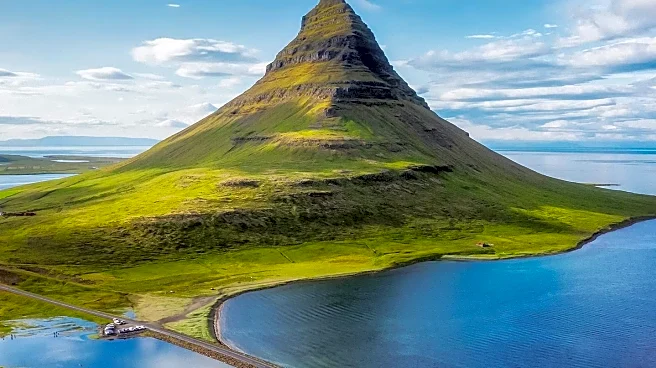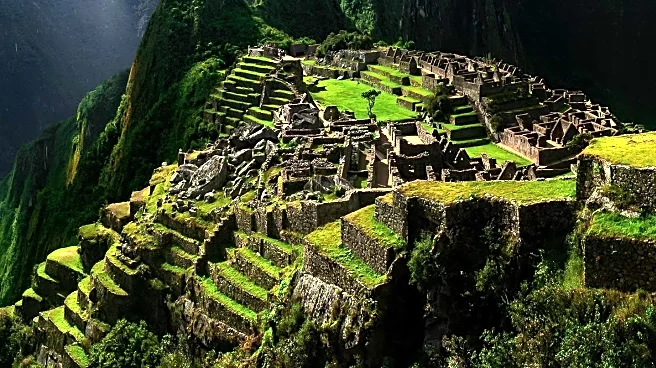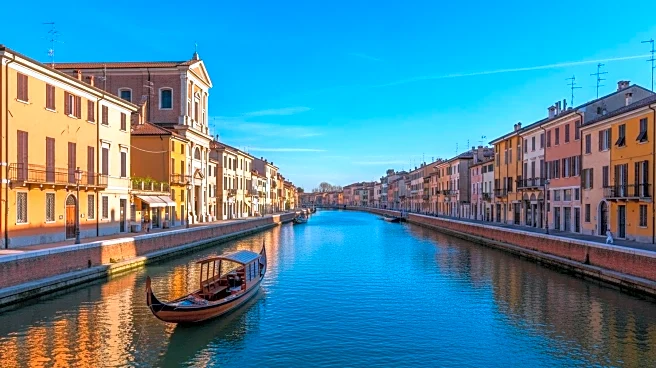What's Happening?
The Galapagos Islands, a UNESCO World Heritage Site, are experiencing a surge in tourism that threatens their unique ecosystems. The islands, known for their diverse wildlife and geological formations, have seen an increase in visitors due to platforms like Airbnb, leading to economic growth but also environmental strain. In Puerto Ayora, the most populated town, tourism has led to crowded beaches and trails, increased waste, and disturbances to wildlife such as sea lions and giant tortoises. Despite existing regulations, lax enforcement has allowed informal accommodations to bypass environmental rules, risking the islands' natural refuge status.
Why It's Important?
The uncontrolled growth of tourism in the Galapagos Islands poses significant risks to their fragile ecosystems, which are home to unique species and serve as a 'living laboratory of evolution.' The economic benefits of tourism are substantial, yet they primarily favor international corporations, leaving local communities with job instability and higher living costs. The environmental impact includes pollution, biodiversity loss, and resource disputes, particularly concerning freshwater. The islands' situation highlights the need for sustainable tourism practices to preserve their ecological integrity and set a precedent for managing other vulnerable ecosystems.
What's Next?
To protect the Galapagos Islands, measures such as limiting visitor numbers, enhancing accommodation inspections, and promoting environmental education for tourists are essential. Scientists emphasize the shared responsibility in preserving the islands, which are crucial for biodiversity and evolutionary studies. Without immediate action, the islands risk losing their unique nature, impacting their global significance and setting a negative example for conservation efforts worldwide.
Beyond the Headlines
The Galapagos Islands' situation underscores the broader challenge of balancing economic development with environmental conservation. The islands' fragile ecosystems, formed by volcanic activity and unique ocean currents, require careful management to prevent irreversible damage. The recovery of these ecosystems can take centuries, and invasive species, coupled with tourism pressures, threaten their long-term viability. The islands' fate serves as a critical lesson in sustainable tourism and conservation strategies.










